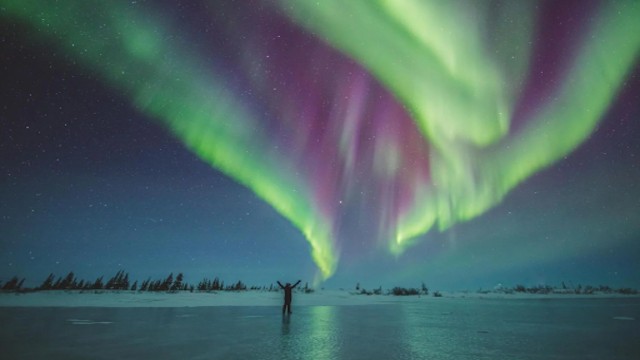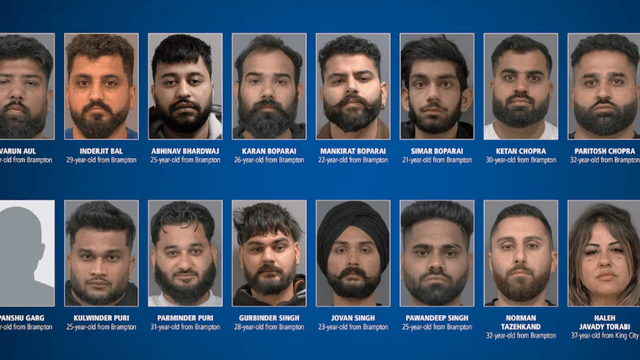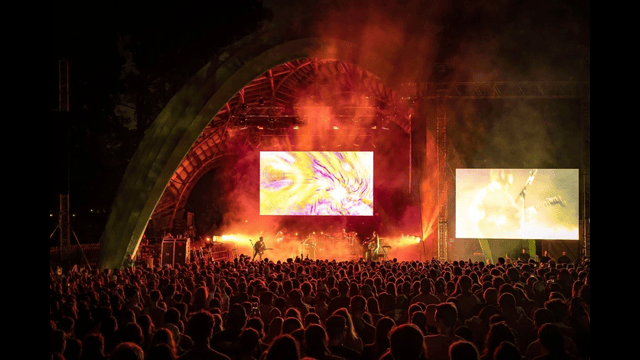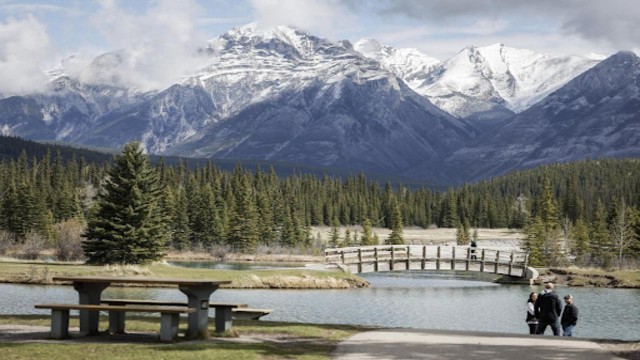
Most of Canada could see the northern lights on Tuesday and Wednesday night after a geomagnetic storm, according to space weather experts. Toronto Star
Stunning displays of the northern lights could brighten the skies over most of Canada and parts of the northern United States on Tuesday and Wednesday nights. Space weather experts have predicted that people in many regions may catch a glimpse of the dazzling blue, green, and pink hues.
Ilana MacDonald, an astrophysicist at the University of Toronto, said Toronto residents are unlikely to see the lights due to its southern location. However, she mentioned that there is always a slight chance the aurora could extend further south. “You might be able to see something,” she said.
The US National Oceanic and Atmospheric Administration (NOAA) issued a moderate geomagnetic storm watch for this week. These storms, caused by solar activity, can create the northern lights and occasionally affect technology. This current storm is classified as G2, which is moderate but not rare.
Space Weather Canada has also forecasted "unsettled" geomagnetic activity across the auroral zone. This region includes the northern parts of most provinces and all three territories. The activity is expected to intensify over the next 24 hours, making the northern lights more visible.
According to NOAA's aurora forecast, most Canadian provinces have a moderate to high chance of seeing the lights. However, people in southern Ontario, Quebec, and the Maritime provinces will have a lower chance. The best viewing times will be between 5 p.m. and 5 a.m. EST.
MacDonald advised those in Toronto to drive two to three hours north for a better chance of seeing the lights. The further away from city lights, the clearer the view.
Astronomy North, a Canadian group that tracks auroras, estimates the Kp index for Tuesday night's display at five. The Kp index measures geomagnetic activity on a scale from zero to nine. NOAA predicts a Kp index of four. When the index is between three and five, the northern lights become brighter and more active, with shifting patterns and colorful streaks.
The Canadian Space Agency (CSA) says the best time to view the lights is a few hours after sunset, with the most intense displays around midnight. They recommend heading to areas with little to no light pollution for the best experience.
For those hoping to capture the aurora, MacDonald suggests bringing a cellphone. "Cellphone cameras are better than our eyes at picking up the lights," she said.
The northern lights occur when charged particles from the sun collide with Earth's magnetic field. This creates a reaction with oxygen and nitrogen in the atmosphere, producing colorful flashes of light. When billions of these particles strike, they form the stunning aurora displays.
The current light show is caused by a "coronal hole" on the sun. These are regions where solar winds escape at high speeds, causing more geomagnetic activity when they hit Earth.
While geomagnetic storms can disrupt technology, NOAA says this one is unlikely to cause major issues. Any impacts will likely be minor and manageable.















